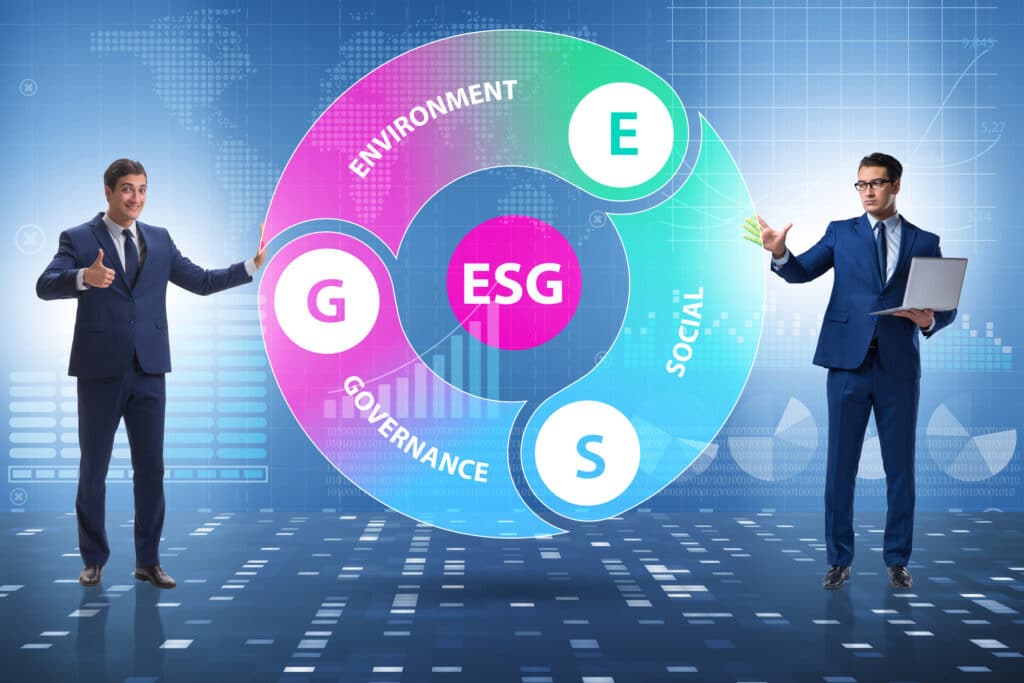

Market participants said comparable, high quality, reliable data and harmonized climate disclosure standards across jurisdictions are critical to boost sustainable financing.
Fabio Natalucci, deputy director of the monetary and capital markets department at the International Monetary Fund, said at the GFMA’s 2nd Annual Global Capital Markets Sustainable Finance conference that the climate information architecture has three legs – comparable high quality, reliable data; a harmonized and consistent set of climate standards; and climate classification.
Opening proceedings at @GFMAnews 2nd Annual Global #CapitalMarkets #SustainableFinance Virtual Conference, Steven Ashley @Nomura, emphasised the need for urgent market and policy action in 2022, to combat climate change.#climatemarkets #carbonpricing pic.twitter.com/5wj4Bap2Yw
— AFME (@AFME_EU) December 14, 2021
“You need data and you need classification in order to meet standards,” added Natalucci. “It’s a very crowded space and there’s definitely a need for convergence from a regulatory standpoint.”
He continued that comparable consistent data is also needed across advanced economies and emerging markets.
The IMF’s report in October report looked at the role that asset managers can play in helping the transition to a new zero economy. Natalucci said: “The overall sustainable finance market is growing fast but is still very small and there is a need to scale this up relatively quickly.”
“Investors seem to be really attracted by labels which underscores the importance of the data to make sure they avoid greenwashing,” Natalucci added.
Fund managers said important obstacles in sustainable markets were the lack of current data, the lack of forward looking data and multiplicity of disclosure standards.
Natalucci said: “Don’t wait for perfect data to work on climate issues as this may come too late down the road.”
He noted that technology can play a role in improving data, such as the use of satellite images to locate specific assets and match them to specific hazards.
“We can use open source for data collection and distribution; and machine learning techniques can play a role in collecting and information available in a structured format,” added Natalucci.
Chris Faint, head of climate and small mutuals division at the Bank of England, said ESG data is a challenge for firms as they need to collect new information, including some metrics from their suppliers. However, governments around the world are creating more mandatory disclosure which he believes is hugely important as it holds firms to account to publish more data.
“Perfection should not be the enemy of the good as we are not going to have perfect data for a very long time – and in fact we might never have perfect data,” said Faint. “We cannot afford to wait because although you cannot measure risk, it does not mean that it doesn’t exist.”
Faint added that central bank supervisors will expect firms to use their judgement to fill those data gaps. He said: “We need to be quite bold in this period when data doesn’t exist.”
Tim Whitehead, head of environmental and social risk management in the Sustainable Finance Group at Goldman Sachs said data is improving and will get better quickly when new regulatory mandates come into force. He said: “That’s really going to advance the way the corporates think about these things.”
Whitehead highlighted the OS-Climate initiative. He said: “It’s incredibly important in terms of bringing stakeholders to the table to publish information that can be openly verified, is transparent and provides a public utility for data over time.”
OS-Climate is a collaborative, member-driven, non-profit platform hosted by the Linux Foundation for the development of open data and open source analytics for climate risk management and climate-aligned finance and investing. Membership has more than tripled since September 2020 from initial founders Allianz, Amazon, Microsoft, and S&P Global to include premium members BNP Paribas, Goldman Sachs and KPMG.
Taxonomies
Whitehead continued that companies are confused by the many different methodologies, metrics and ESG tools so the IFRS Foundation’s announcement in November of the formation of a new International Sustainability Standards Board is very important. The ISSB will develop a comprehensive global baseline of high-quality sustainability disclosure standards
Yes to many it sounds weedy and technical—especially if you're not a corporate reporting to your investors— but just appreciate that this is a really big deal.
This is the fast lane to global, mandatory corporate reporting on climate and climate risks. https://t.co/lwnKJtFk2h
— Ilmi Granoff (@theilmatic) November 3, 2021
Faint agreed on the importance of the ISSB. He said: “This is fantastic as the need for harmonized standards across the globe has been discussed for a long time and it’s really hard to get agreement on setting up a new organisation.”
He said taxonomies define current green activities but investors want to know which institutions’ activities will be most green in five to 10 years.
“One of the really interesting discussions at the moment is how many different types of taxonomies are needed and how they fit together in the broader toolkit for helping market clarity,” added Faint. “It will take a lot of international efforts to drive consistency but I think we are moving in the right direction.”
Natalucci added that global taxonomies need to encompass both the public and private sector.
Whitehead said: “We want to be balanced in the desire to have consistencies so that you can create fungible products across markets and regions but we don’t want to be so prescriptive that we stifle innovation.”








